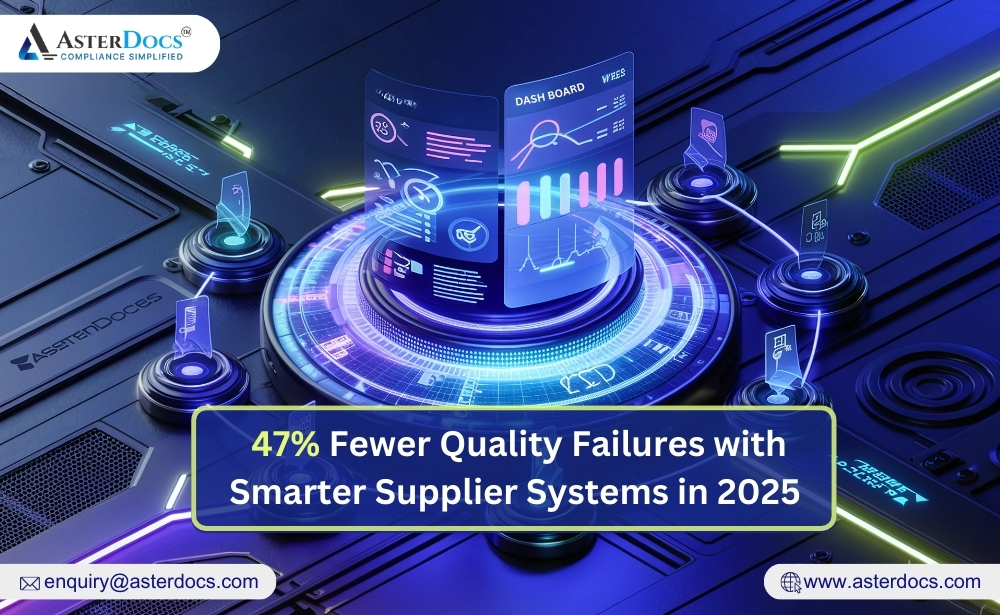Effective supplier communication can make all the difference in the fast-paced procurement world. Sourcing and managing suppliers are a critical aspect of business operations. Precise and efficient communication between a company and its suppliers ensures that products and services are delivered on time and to specification. It plays a pivotal role in optimizing procurement efficiency. In this blog post, we’ll explore the significance of clear supplier communication and how it influences procurement efficiency.
The Role of Supplier Communication in Procurement
Supplier communication encompasses all interactions, information exchanges, and transactions between a company and its suppliers. These interactions can include:
- Order Placement: Communicating purchase orders, quantities, specifications, and delivery schedules.
- Quality Expectations: Discussing quality standards and expectations for products or services.
- Feedback and Evaluation: Providing feedback on supplier performance and addressing any issues.
- Contract Negotiations: Discussing terms, conditions, and pricing agreements.
- Forecasting and Planning: Sharing forecasts and production plans to help suppliers align with demand.
- Issue Resolution: Resolving any discrepancies, delays, or quality concerns that may arise.
Procurement Efficiency
Effective supplier communication impacts procurement efficiency in several ways:
- Reduced Errors: Clear communication helps avoid errors in orders, specifications, or quality requirements, reducing the need for corrections and rework.
- Timely Deliveries: Suppliers who understand delivery schedules and expectations are more likely to meet deadlines, preventing production or service delivery delays.
- Cost Savings: Efficient communication can save costs through better negotiation, optimized inventory management, and reduced lead times.
- Improved Collaboration: Collaborative relationships with suppliers foster innovation and can lead to new products or improved processes.
- Risk Mitigation: Communication allows for the early identification and mitigation of potential supply chain risks, such as shortages or quality issues.
The Impact of Supplier Management Software
Supplier management software facilitates clear communication between businesses and their suppliers. These software solutions offer a centralized platform for managing supplier relationships, communication, and collaboration.
Here are some ways in which supplier management software enhances communication and, in turn, procurement efficiency:
- Centralized Information: Supplier management software stores all supplier-related information, including contracts, communication history, and performance data, in one accessible location. This ensures that procurement teams have the most up-to-date information at their fingertips.
- Automated Communication: These tools often feature automated communication workflows that send notifications for order confirmations, shipment updates, and quality control checks. Automatic reminders can also help ensure timely responses and actions.
- Performance Tracking: Supplier management software allows for the tracking and analyzing supplier performance, making it easier to identify trends or issues that may require communication or intervention.
- Document Sharing: Companies can securely share documents, such as contracts, specifications, and compliance requirements, with suppliers through the software. This reduces the risk of miscommunication or discrepancies.
- Real-time Updates: Many supplier management systems provide real-time updates on order statuses, inventory levels, and production schedules, enabling better decision-making and communicating changes promptly.
- Collaborative Portals: Some software solutions offer portals where suppliers can access information, submit invoices, and communicate directly with procurement teams. This fosters transparency and reduces communication barriers.
Best Practices for Effective Supplier Communication
To maximize the impact of clear supplier communication on procurement efficiency, consider implementing the following best practices:
- Establish Communication Protocols: Define clear communication protocols, including preferred channels (email, phone, portal) and response times.
- Regular Updates: Provide regular updates to suppliers on order status, changes in requirements, or market conditions that may affect supply.
- Feedback Loops: Encourage supplier feedback and promptly address their concerns. Constructive feedback can lead to process improvements.
- Collaborative Forecasting: Collaborate with key suppliers on demand forecasting and production planning to align expectations and reduce supply chain variability.
- Performance Metrics: Define key performance indicators (KPIs) for supplier performance and share these metrics with suppliers. Regularly review and discuss performance.
- Continuous Improvement: Use data and feedback to identify areas for improvement in the communication and procurement processes.
Conclusion
In conclusion, the impact of clear supplier communication on procurement efficiency cannot be overstated. It is a fundamental driver of streamlined operations, cost savings, and enhanced supplier relationships. To fully unlock the potential of efficient supplier communication and take your procurement processes to the next level, consider implementing a robust supplier management software solution.
Supplier management software gives you the tools needed to centralize information, automate communication, track supplier performance, and foster collaboration. It’s the key to ensuring that your procurement operations are efficient, agile, and responsive to changing market conditions.
So, are you ready to fortify your supply chain, reduce costs, and elevate supplier relationships? Explore AsterDocs, our comprehensive Supplier Qualification Software today! Get started now and empower your business to thrive in the competitive landscape of modern procurement.













